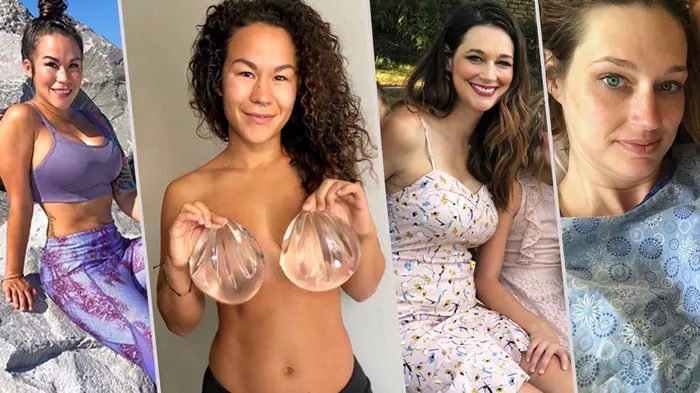Breast augmentation is a popular cosmetic procedure that has provided countless individuals with increased confidence and satisfaction in their appearance. While breast implants are designed to be durable and long-lasting, they are not permanent and may require replacement over time. This article addresses a common question among those who have undergone breast augmentation: “How do I know if my breast implants need replacing?” We’ll explore the signs and considerations that can help individuals determine when it might be time for implant replacement.
1. Timeline for Replacement
Breast implants are not designed to last a lifetime. On average, breast implants can last anywhere from 10 to 20 years. However, this timeline can vary based on factors such as implant type, individual characteristics, and lifestyle. It’s important to be aware of the potential need for replacement as time progresses.
2. Regular Medical Check-Ups
Regular medical follow-ups with your plastic surgeon are essential for monitoring the condition of your breast implants. During these visits, your surgeon will assess the integrity of the implants and the surrounding tissues. Routine check-ups provide an opportunity to catch any issues early and discuss the possibility of replacement if necessary.
3. Changes in Appearance
Changes in the appearance of your breasts can be indicative of implant issues. Look for signs such as:
Implant Rupture: A ruptured implant might cause visible changes in breast shape, size, or symmetry. Silicone implant ruptures can be harder to detect as they might not cause a noticeable change in breast appearance. Regular imaging, such as MRIs, can help detect silent ruptures.
Implant Position: Implants that have shifted from their original position might lead to asymmetry or an uneven appearance. Changes in the way your breasts sit on your chest could warrant further evaluation.
4. Physical Discomfort
Persistent physical discomfort can be a sign that something is amiss with your breast implants. While some discomfort is common during the recovery period, ongoing pain, discomfort, or unusual sensations could be indicative of an issue that requires attention. This discomfort might be caused by implant rupture, leakage, or capsular contracture.
5. Capsular Contracture
Capsular contracture is a condition in which scar tissue around the implant becomes tight and constricting. This can lead to breast pain, hardness, and changes in breast shape. If you experience symptoms of capsular contracture, it might be necessary to consider implant replacement to alleviate the discomfort.
6. Changes in Sensation
A sudden change in nipple or breast sensation might signal an issue with your breast implants. This could be caused by nerve compression, implant rupture, or other complications. Consulting with your surgeon is crucial if you notice any changes in sensation.
7. Visible Wrinkling or Rippling
Over time, breast implants might develop visible wrinkling or rippling, especially if you have thin skin or little natural breast tissue. While some degree of rippling is normal, excessive or sudden changes could warrant further evaluation.
8. Outdated Implant Technology
As technology advances, newer generations of breast implants offer improved safety, longevity, and aesthetic results. If your breast implants are considerably old, you might consider replacement with newer implants to benefit from these advancements.
9. Personal Choice and Lifestyle
Some individuals opt for implant replacement to achieve a different size, shape, or type of implant. Changes in personal preferences or lifestyle can also influence the decision to undergo implant replacement.
Conclusion
While breast implants can provide long-lasting results, they are not immune to wear and changes over time. Regular medical follow-ups, changes in appearance, physical discomfort, and changes in sensation are all factors that should be considered when assessing whether breast implants need replacing. Individual cases vary, so it’s crucial to maintain open communication with your plastic surgeon and discuss any concerns or changes you notice. Staying proactive and well-informed ensures that you can make the best decisions for your health, comfort, and aesthetic goals when it comes to breast implant replacement.


